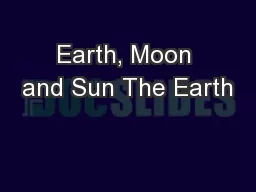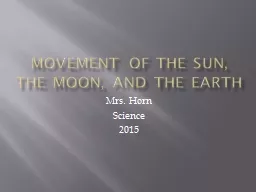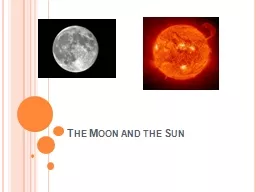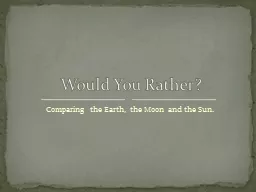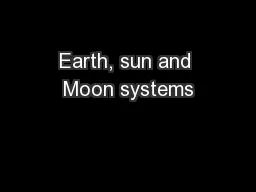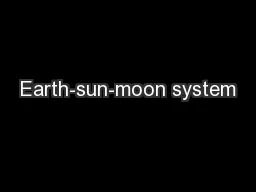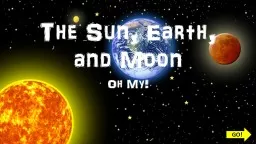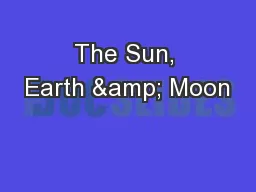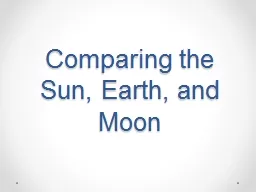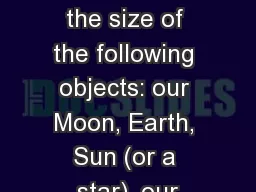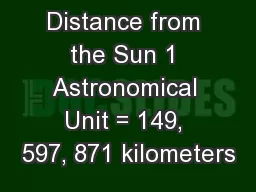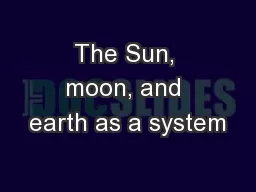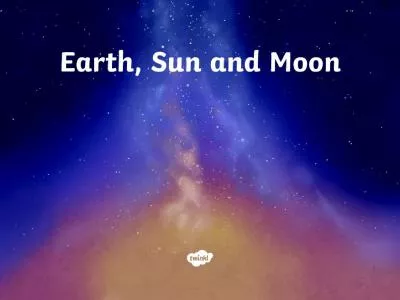PPT-Earth, Moon and Sun The Earth
Author : alexa-scheidler | Published Date : 2018-11-13
Tilted on an axis NS pole 235 degrees Earth moves in space two major ways Rotation spinning of Earth on its axis West to East 15 degrees per hour or once per day
Presentation Embed Code
Download Presentation
Download Presentation The PPT/PDF document "Earth, Moon and Sun The Earth" is the property of its rightful owner. Permission is granted to download and print the materials on this website for personal, non-commercial use only, and to display it on your personal computer provided you do not modify the materials and that you retain all copyright notices contained in the materials. By downloading content from our website, you accept the terms of this agreement.
Earth, Moon and Sun The Earth: Transcript
Download Rules Of Document
"Earth, Moon and Sun The Earth"The content belongs to its owner. You may download and print it for personal use, without modification, and keep all copyright notices. By downloading, you agree to these terms.
Related Documents

